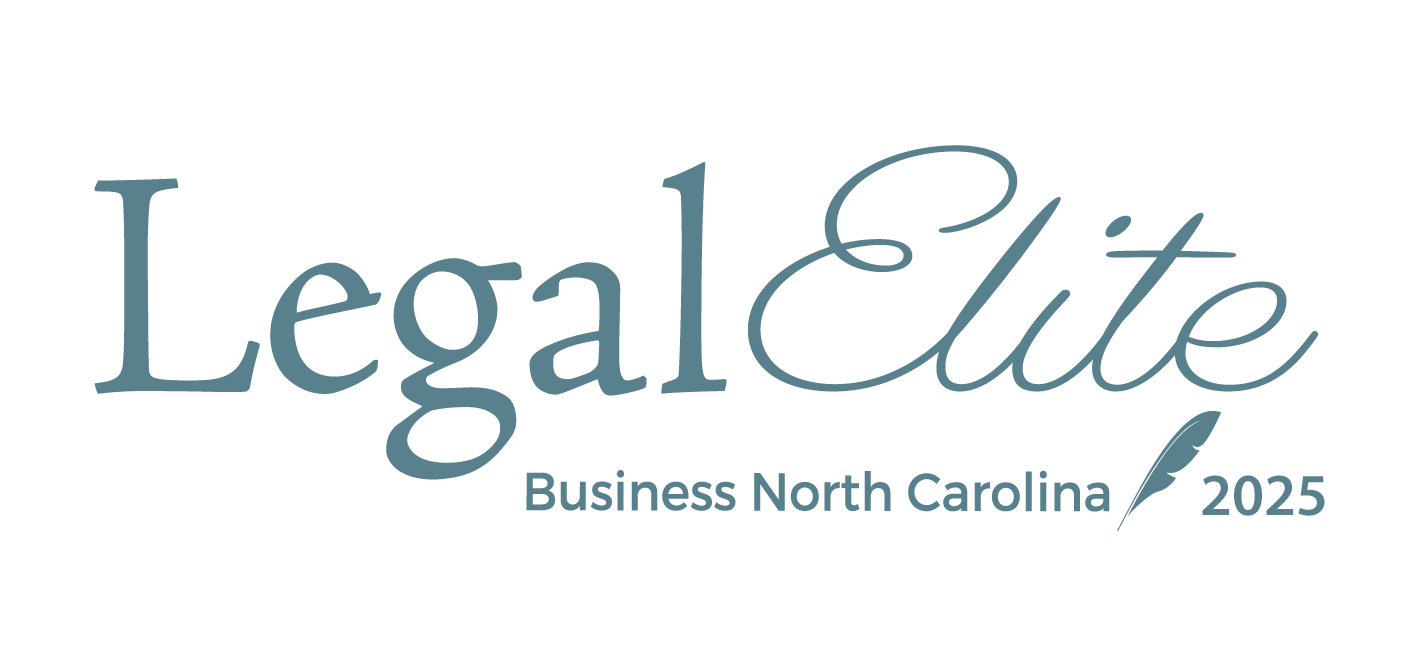Ed. Note: This is the fourth article in our series, “Conjuring Competitive Advantage: An AI Spellbook for Leaders,” focused on unlocking AI for business with practical steps and insights. Read Part 1, Part 2, Part 3, and Part 5.
As AI becomes integral to business operations, businesses face unprecedented ethical and legal challenges that extend far beyond technical implementation.
The intersection of AI capabilities with business ethics creates complex dilemmas requiring thoughtful navigation. Beyond traditional concerns about data privacy and security, AI raises fundamental questions about fairness, transparency, accountability, and human dignity.
Companies that successfully navigate these challenges will build sustainable competitive advantages while avoiding costly legal pitfalls and reputational damage. This post explores the critical intersection of AI, ethics, and business law, providing practical guidance for responsible AI deployment.
The New Business Ethics Landscape
The integration of AI into business processes fundamentally alters traditional ethical considerations. Businesses must grapple with how AI systems make decisions affecting employees, customers, and society at large. Key ethical considerations include ensuring AI systems don't perpetuate or amplify existing biases, maintaining transparency about when and how AI influences decision-making, respecting human autonomy by providing meaningful choices and oversight opportunities, and considering broader societal impacts of AI deployment, including employment effects and social equity.
Modern businesses cannot afford to treat ethics as an afterthought or compliance checkbox. Ethical AI practices build stakeholder trust, reduce regulatory risk, attract top talent, and create sustainable competitive advantages. Companies should establish clear ethical guidelines for AI use that go beyond legal requirements. Regularly audit AI systems for bias, fairness, and unintended consequences. Provide accessible channels for stakeholders to raise concerns about AI decisions without fear of retaliation. Integrate ethical considerations into every stage of AI development and procurement processes, from initial concept through deployment and monitoring.
Consider establishing an AI ethics board or committee with diverse perspectives, including external advisors who can provide independent viewpoints. This body should have real authority to influence AI decisions, not merely serve as window dressing. Develop clear escalation procedures for ethical dilemmas and ensure leadership understands their responsibility for AI outcomes. Remember that ethical AI isn't just about avoiding harm, it's about actively promoting beneficial outcomes for all stakeholders.
Protecting Intellectual Property in the AI Age
Generative AI raises complex IP issues. Currently, works produced purely by GenAI are not copyrightable in the U.S., though a mix of human and machine contributions can be. Some jurisdictions, like China, recognize copyright for AI-generated works, while others (the EU, UK) have yet to take a position. Businesses should ensure that human creativity contributes to public-facing content and recognize that AI cannot be an inventor for patent purposes in most jurisdictions.
The legal landscape on fair use and training data is unsettled. Developers argue that using copyrighted works to train AI models is fair use; copyright owners disagree. Businesses building or using AI models should consider licenses for training data, use factual or public-domain content where possible, and monitor evolving case law. End users can also face liability if AI-generated outputs infringe copyrights; using enterprise AI offerings can provide warranties and indemnification. Avoid prompts that ask AI to replicate specific copyrighted content and prefer general summaries.
Trade Secrets and Avoiding Disclosure
AI-generated content can potentially be protected as trade secrets if confidentiality is properly maintained. However, using AI tools creates new risks for trade secret exposure. Employees might inadvertently input confidential information into public AI platforms, where it could be stored, analyzed, or used for model training. Recent incidents involving engineers exposing source code through public AI tools illustrate these risks vividly.
Use closed, enterprise AI systems rather than public tools for any work involving proprietary information. Ensure these systems provide appropriate data isolation and security guarantees. Prohibit employees from uploading trade secrets, confidential business information, or sensitive personal data to public AI platforms. Implement technical controls where possible to prevent unauthorized data sharing. Remind employees regularly that AI conversations may be stored indefinitely and could be accessed by vendors, other users, or through security breaches.
Develop clear classification schemes for information sensitivity and corresponding AI tool permissions. Highly confidential information should only be processed using on-premises or private cloud AI systems with strong security controls. Moderately sensitive information might be appropriate for enterprise cloud AI tools with appropriate contracts. Public information can be processed using consumer AI tools, though output quality and consistency should still be monitored.
Managing Bias and Ensuring Fairness
AI systems can perpetuate or amplify societal biases present in training data, potentially leading to discriminatory outcomes in hiring, lending, insurance, and other critical decisions. Businesses must proactively address bias throughout the AI lifecycle. Start by examining training data for representational imbalances and historical biases. Implement testing procedures to identify disparate impacts across protected categories. Document efforts to detect and mitigate bias, as this documentation may be crucial for regulatory compliance and legal defense.
Establish clear fairness metrics appropriate to your use cases and regularly monitor performance against these benchmarks. Recognize that different fairness definitions may conflict—for example, equality of outcomes versus equality of opportunity. Make conscious choices about fairness trade-offs and document reasoning. Ensure diverse teams participate in AI development and review to identify potential bias blind spots. Consider external audits for high-stakes applications affecting individuals' opportunities or rights.
Privacy and Data Protection Imperatives
AI systems often require vast amounts of data for training and operation, raising significant privacy concerns. Personal data used in AI systems remains subject to privacy laws, with additional requirements emerging specifically for AI contexts. Implement data minimization principles, using only necessary data for specified purposes.
Provide transparent notices about AI use in privacy policies and at points of data collection. Explain not just that AI is used, but how it affects individuals and what rights they have. Enable meaningful opt-out opportunities where feasible, particularly for non-essential AI applications. Implement strong security measures to protect personal data throughout the AI pipeline, from collection through model training to inference and output generation. Prepare for data subject rights requests, including access, correction, deletion, and explanations of AI decisions.
Building Ethical AI Culture
Creating an ethical AI culture requires more than policies and procedures. Leaders must model responsible AI use and prioritize ethical considerations alongside business objectives. Celebrate examples of employees raising ethical concerns or choosing ethical approaches over expedient ones. Make ethics a regular part of AI discussions, not an afterthought or compliance exercise.
By following these guidelines and embracing ethical AI principles, businesses can leverage AI's transformative potential while maintaining stakeholder trust and avoiding legal pitfalls. The businesses that get this balance right will define the next era of business competition.
In the final post, we'll examine how to evaluate AI tools and structure vendor contracts to protect your organization's interests.








